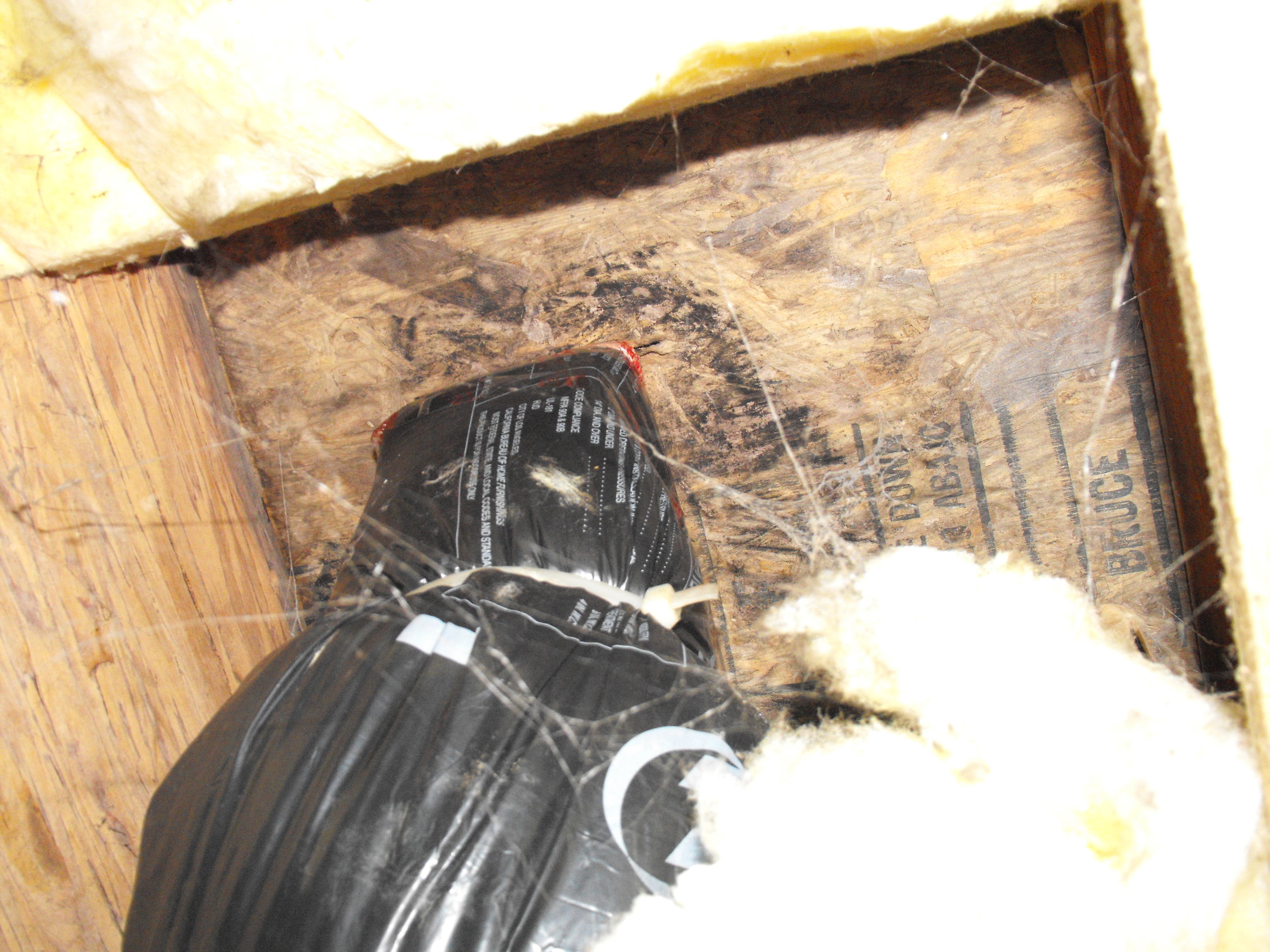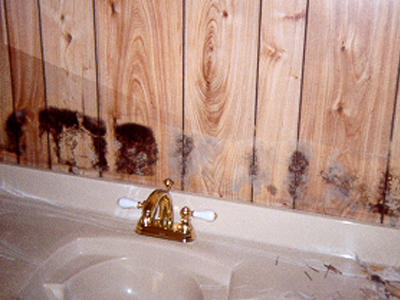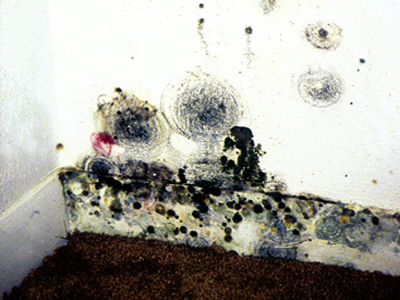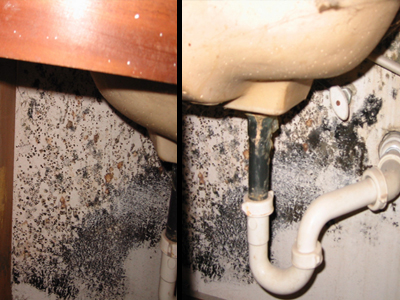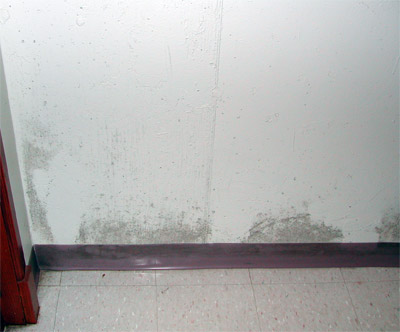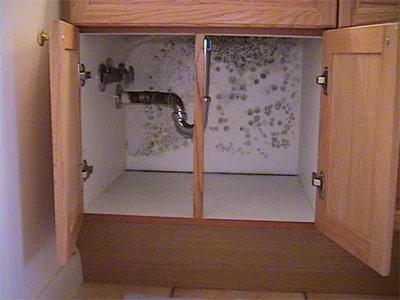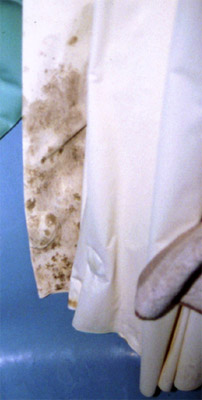Toxic Mold
Stachybotrys chartarum, also known as "black mold" thrives in humid environments like North Carolina, especially here in the sandhills and Moore County, with our hot, damp summers. The mold may enter your home from the breeze through an open door, a window, on someone's clothes, or from a family pet. Once inside it will find its way into the dark and damp spots we don't often think about and start to grow. After the mold begins growing and spreading it can be very difficult to remove and can cause serious structural damage if not dealt with. In addition to the problems caused to the structure of your home the air quality will begin to suffer after the spores become airborne. These spores can cause significant illness in susceptible individuals and resorting the health of your family is my primary concern.
It can be hard to imagine that we let something like this into our home but the truth is the spores are present in very minute quantities on most surfaces and even in the air. It requires just the right conditions for the spores to take root and begin the destructive process of growing actual mold. Unfortunately those conditions exist in large supply here in The South. The spores prefer dark, moist areas like unprotected basements and crawlspaces but can take root almost anywhere. If you have had prior water damage and the area was not properly decontaminated you are at prime risk for a mold problem. Since these areas are often out of site sometimes a musty odor or repeated illness may be the only way to know you have a problem lurking in your home.
The illnesses caused by mold are actually a product of the spores it produces. Once the mold takes root and spreads it will release massive amounts of spores into the air. Once inhaled these spores can produce any number of medical conditions ranging from a mild runny nose to chronic and severe respiratory issues. The elderly, young children, and those with existing allergies, respiratory problems, and compromised immune systems are the most at risk. Black mold is a leading candidate for causing the so-called "sick building syndrome" and it may be that your only warning sign is a family member who can't seem to get well even with treatment.
If you or your family have experienced any of the following you may very well have a mold problem:
Sneezing or runny nose
Persistent cough or sore throat
Red, scratchy, or watery eyes
Recurent respiratory infections
Previous water damage
Areas of water leakage or condensation
A foul, "musty" smell in one area of the home
Visible mold or "dark spots" on surfaces
